Last Evacuation Center Closes in Ishikawa Pref. After Record-Breaking Rain in Sept. and Earthquake in Jan.
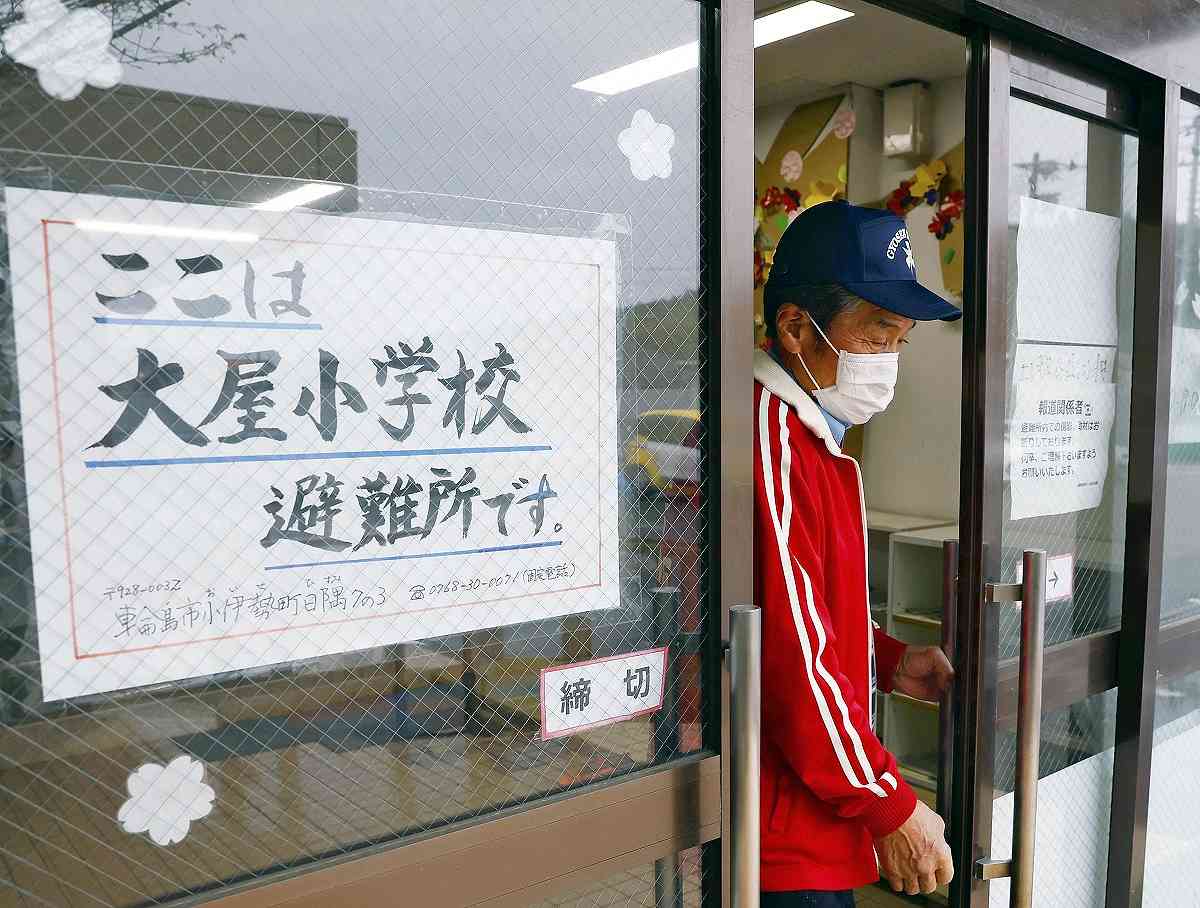
Yoshimi Yachiguchi leaves the gymnasium of the Wajima Municipal Oya Elementary School where he took shelter in Wajima, Ishikawa Prefecture, on Sunday.
17:11 JST, April 14, 2025
WAJIMA, Ishikawa — The last evacuation center in Ishikawa Prefecture, which was hit by record-breaking rain in the northern part of Noto Peninsula in September last year, closed Sunday, bringing the number of people taking shelter in the prefecture to zero.
Evacuation centers used for people affected by the Noto Peninsula Earthquake that occurred on Jan. 1, 2024, closed on April 1.
“There were some tough times, but thank you for all of the help,” Yoshimi Yachiguchi, 71, said Sunday while looking around the empty gymnasium of the Wajima Municipal Oya Elementary School in Wajima in the prefecture. Yachiguchi had stayed at the gymnasium, the last evacuation center in the prefecture, alone after the heavy rainfall.
The roof and walls of his house in Ozawa, Wajima, collapsed in the earthquake, leaving it severely damaged. He stayed at a hot spring inn in Kaga in the prefecture, a secondary evacuation site, until March last year after taking shelter at an evacuation center.
Yachiguchi returned to his home in April last year and did repairs himself on it while working as a carpenter.
“I had hoped to finish the repairs before the end of the year,” he said, but the area was then hit by the record-breaking rain and subsequent floods.
Knee-deep water in his house forced him to evacuate again, and he began staying at the elementary school, about 8 kilometers away.
“I cannot lose to the two mishaps,” said Yachiguchi, who started living in temporary housing on Sunday. “I’m going to repair my home again and definitely return to my hometown.”
According to the prefecture, up to 1,453 people took shelter in 108 centers in the prefecture, separate from those affected by the earthquake, in the wake of the rain. The number of evacuees crammed into evacuation centers because of the earthquake peaked at 34,173 on Jan. 4 last year.
The construction of temporary housing units for people affected by the earthquake and rain finished by the end of March, and as of April 8, 13,945 people were living in them.
As of Thursday, 6,843 people were living in private-sector rental accommodations and 850 people in public housing facilities. The urgent task now is to secure permanent residences for them.
It took 10 months to close evacuation centers after the 2011 Great East Japan Earthquake and seven months after the 2016 Kumamoto Earthquake.
Related Tags
"Society" POPULAR ARTICLE
-
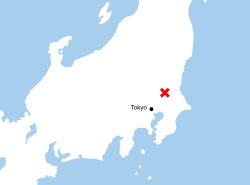
M4.9 Earthquake Hits Tokyo, Neighboring Prefectures
-
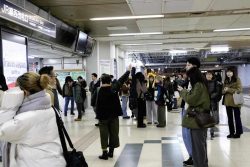
M7.5 Earthquake Hits Northern Japan; Tsunami Waves Observed in Hokkaido, Aomori and Iwate Prefectures
-
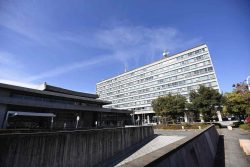
Israeli Tourists Refused Accommodation at Hotel in Japan’s Nagano Pref., Prompting Protest by Israeli Embassy and Probe by Prefecture
-
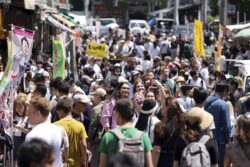
Tsukiji Market Urges Tourists to Avoid Visiting in Year-End
-
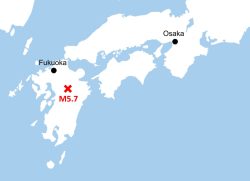
M5.7 Earthquake Hits Japan’s Kumamoto Pref., Measuring Upper 5 Intensity, No Tsunami Expected
JN ACCESS RANKING
-

Keidanren Chairman Yoshinobu Tsutsui Visits Kashiwazaki-Kariwa Nuclear Power Plant; Inspects New Emergency Safety System
-

Imports of Rare Earths from China Facing Delays, May Be Caused by Deterioration of Japan-China Relations
-

University of Tokyo Professor Discusses Japanese Economic Security in Interview Ahead of Forum
-

Japan Pulls out of Vietnam Nuclear Project, Complicating Hanoi’s Power Plans
-

Govt Aims to Expand NISA Program Lineup, Abolish Age Restriction



















